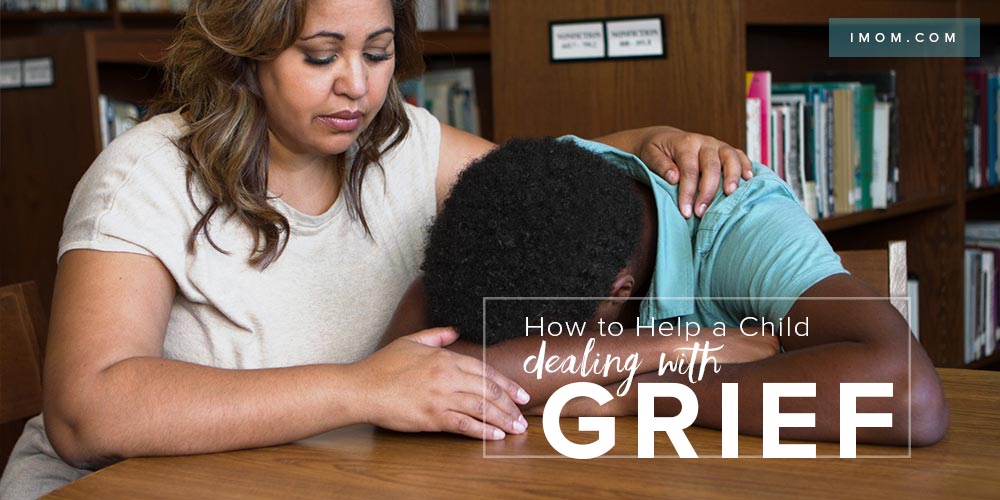Empathy is an important part of emotional intelligence that people of all ages struggle with. When I have an adult client on my couch who struggles with empathy, he seems cold; he is unable to process why his wife is upset, and he doesn’t think before he speaks. His friends and family see him as self-focused, opinionated, and hard to connect with emotionally. As I dig deeper into his story, I often see that he was not raised in a way that naturally taught him empathy skills.
As parents, we can help our kids improve their emotional intelligence by teaching them empathy early. Empathy is the ability to share another person’s feelings. It is putting yourself in someone else’s shoes and feeling what it is like. It is an ability to join a person emotionally and connect with them in it. Here are some simple ways to teach empathy to your kids.
Talk about feelings
This should be a regular conversation with your kids from a very young age. It doesn’t have to be complicated. Just start with naming the simple feelings like mad, glad, sad, or scared. We all have a variety of feelings throughout the day. Try creating a routine at family dinner where everyone shares a feeling of the day. Or when you are tucking your child in at night, ask him to pick one feeling from their day to share with you. If you have trouble getting the conversation started, try some of these suggestions.
Talk about what you see around you
People are feeling all around you. While you are people-watching with your child, point out what you see. If there is a child on the playground who won’t go down the big slide, you can say, “I bet that boy feels scared.” Or if you see a woman upset with her kids at the grocery store, you could ask, “I wonder if that mom is angry right now?” This teaches your kids to look for emotions all around them.
Ask them how they would feel
When you are reading a book or watching a show, help them empathize with the characters. Ask your child how they would feel if they were in that situation. You can also ask if they can guess how the character was feeling. Point out the nonverbal cues that you saw to draw this conclusion. For example, “Jane was crying when her friend said something mean. I think she was feeling sad.” This helps them practice empathy skills that they can use in real relationships. Here are signs of fear, anger, and sadness in kids to help you know what to look for.
Talk about how much they have in common with others
People of all ages share similar experiences and similar emotional responses to them. When you help your child realize how much he has in common with others, it can make it easier to empathize.
Care for others
Putting your child in a situation that involves caring for others will give them an opportunity to practice empathy. It pops their personal bubble and forces them to connect with others. The more experience your child has in caring for others, the better opportunities you have to teach them empathy.
Model empathy
It is important to walk the talk. As parents, you have many chances to practice empathy. When your child falls and scrapes a knee, you can respond with empathy by saying, “Ouch, I’m sure that hurt” instead of saying, “You’re fine. It’s just a scratch.” Even if it is a minor scratch, it can still hurt. You have to think about it from your child’s mindset. When you affirm your child’s appropriate responses to something, they learn to attach emotions to their experiences.
Teaching empathy to your child will have a positive ripple effect in their future relationships. It’s never too early to start.
Readers, what are some of the best ways you learned to have empathy for others?
Teri Claassen is a Jesus follower, wife to Dan, mommy to one boy and one girl, a foster mom to kids in need, and a therapist at Renewed Horizon Counseling in Tampa, FL.










